When I first started my practice, I performed the wedge labiaplasty. I no longer do so, as I’ve found that patients achieve the best results with my modified edge labiaplasty technique, which I discuss in more detail on our main Labiaplasty page.
Wedge Versus Edge Labiaplasty


What Is the Difference?
There are three main reasons why the edge labiaplasty is superior to the wedge.
- The wedge labiaplasty can split, causing a gap in the labia minora,
- The wedge labiaplasty does not remove the dark pigment or rough edge of the labia minora, and
- The wedge labiaplasty does not remove enough tissue in many cases.
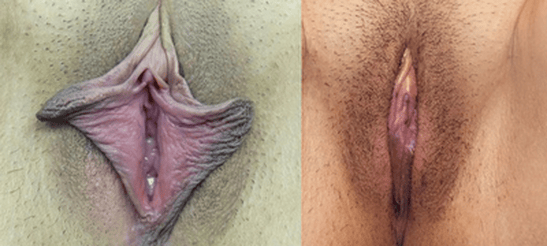
Wedge labiaplasty. Less tissue is removed, the edge appears slightly rough, and there is a pigment transition between the upper and lower portions.
For these reasons, the best technique, in my experience, is the modified edge labiaplasty. Compared to the wedge, the modified edge labiaplasty:
- Allows removal of the rough edge and dark pigmentation
- Allows a more even removal of the labia minora
- Heals beautifully!
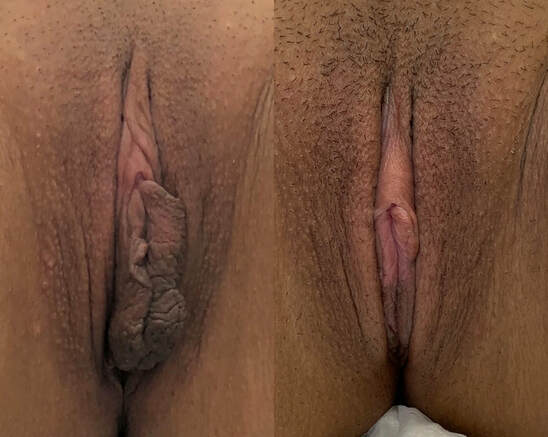
Edge labiaplasty. Note the smooth edge and more aggressive reduction.
Wedge Labiaplasty Technique and Revision Surgery
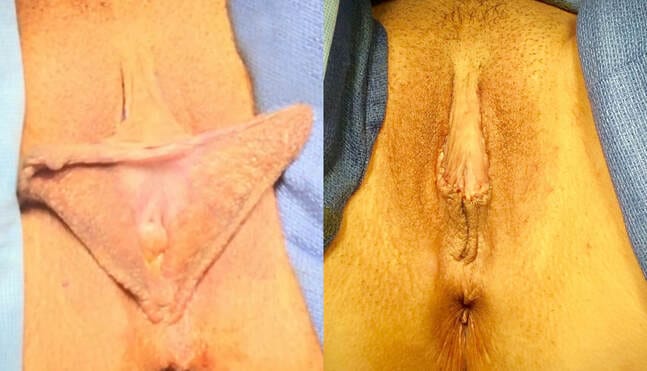
Before and right after wedge labiaplasty. There's nothing wrong with this technique, but to be critical, you can see that there is not quite enough tissue removed from the hood, the lower part has a rough appearance, and there is a color transition from the darker lower half of the labia to the upper half that is lighter.
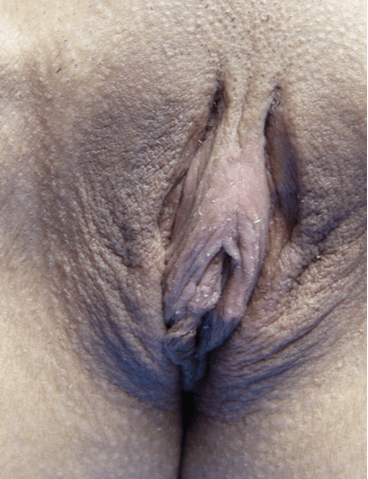
Slight separation of the wedge labiaplasty at 3 months. In the above photo you can see that both sides of the wedge have slightly separated, and that the tissue edge looks rough. The excess clitoral hood tissue is also visible.
The problem with the wedge isn't necessarily how it looks right after surgery. The problem is what tends to happen with the labia over time as things heal. The shearing stress of walking, sitting, and standing causes the separation of the wedge. Because of this, a small revision under local anesthesia was required in her case. Here is her final result.
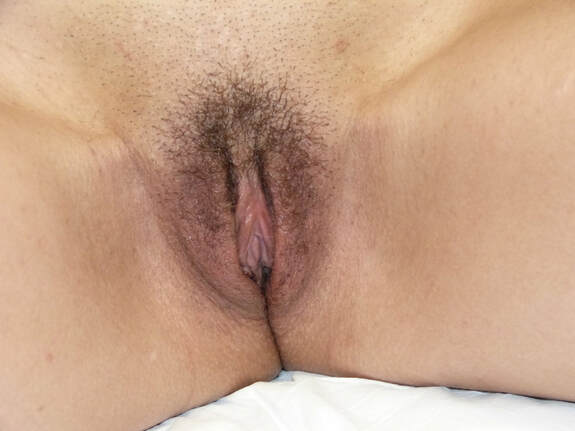
Final result after wedge labiaplasty revision with hood reduction.

